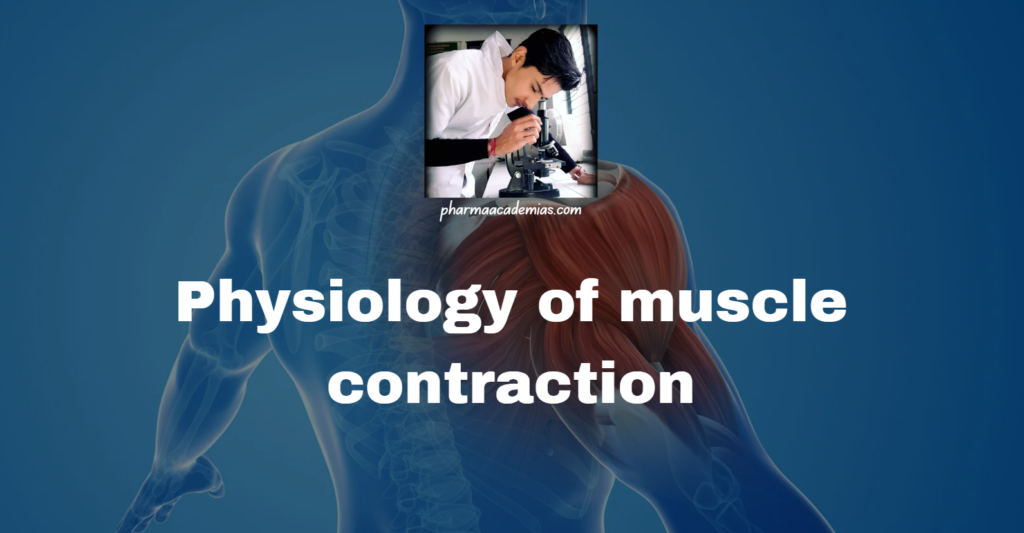Blood is a vital connective tissue in the human body with many functions. It consists of several components, each crucial in maintaining homeostasis and overall health. Here’s a detailed note on the composition and functions of blood: Composition of Blood: Blood plasma is the liquid component of blood, making up about 55% of the total […]
Category: Home
Your blog category
Body fluids and blood
Body fluids are essential for the proper functioning of the human body. They play numerous critical roles in maintaining homeostasis, transporting nutrients and waste products, cushioning and protecting vital organs, and facilitating various biochemical processes. Here’s a detailed note on body fluids and their significance: 1. Blood: Composition: Blood comprises plasma, red blood cells, white […]
Joint movements Joint movements, also known as joint actions or articulations, refer to the various ways in which bones interact and move at the points where they meet. These movements are essential for a wide range of activities, from basic everyday tasks to complex athletic maneuvers. There are several types of joint movements, each with […]
A joint, also known as an articulation, is a structure in the body where two or more bones meet and interact. Joints play a crucial role in allowing movement, providing stability, and supporting various musculoskeletal system functions. They are classified into different types based on their structure and degree of mobility. Joints are fundamental components […]
A neuromuscular junction is a specialized synapse or connection between a motor neuron and a muscle fiber. It is a crucial site for communication between the nervous system and the muscular system, where the motor neuron releases neurotransmitters, such as acetylcholine, to stimulate the muscle fiber, leading to muscle contraction. This connection enables voluntary muscle […]
Muscle contraction is a complex physiological process that involves the activation of muscle fibers, resulting in the shortening of the muscle and the generation of force. It plays a fundamental role in various physiological functions, including movement, posture maintenance, and the regulation of many bodily processes. 1. Excitation-Contraction Coupling: The process of muscle contraction begins […]
Skeletal muscle, also known as striated or voluntary muscle, is muscle tissue that individuals can consciously control. It attaches to the skeleton and enables voluntary movements like walking, running, jumping, and lifting. Skeletal muscles display a striped appearance under a microscope due to the orderly arrangement of muscle fibers. They connect to bones through tendons […]
Skeletal system The skeletal system is the structural framework of the body, composed of bones, cartilage, ligaments, and joints. It provides support, protection, and movement while also serving essential functions such as mineral storage, blood cell production (hematopoiesis), and endocrine regulation. Axial Skeleton system The axial skeleton is the central part of the human skeletal […]
Bones make up the skeleton in vertebrates, including humans. They provide structure, protect organs, facilitate movement, produce blood cells, and store minerals like calcium and phosphorus. Bones are dynamic, adapting to activity and metabolic needs. The human skeleton is a complex framework for stability and mobility. Types of bones Bones are classified into several types […]
Skeletal system
The skeletal system, commonly known as the skeleton, forms the anatomical framework of bones and cartilage that offers structural support and shape to the human body. It acts as a protective and supportive structure for internal organs, enables bodily movement through muscle attachment, participates in blood cell production, and stores crucial minerals. The human skeleton […]










